I’m really excited to share this interview with José-Luis Sáez whose iPhone photo won first place in the Others category of the 2015 iPhone Photography Awards. His stunning black and white images make incredible use of contrast, light and simple compositions. In this interview you’ll learn more about José-Luis and how he creates such amazing photos with his iPhone.
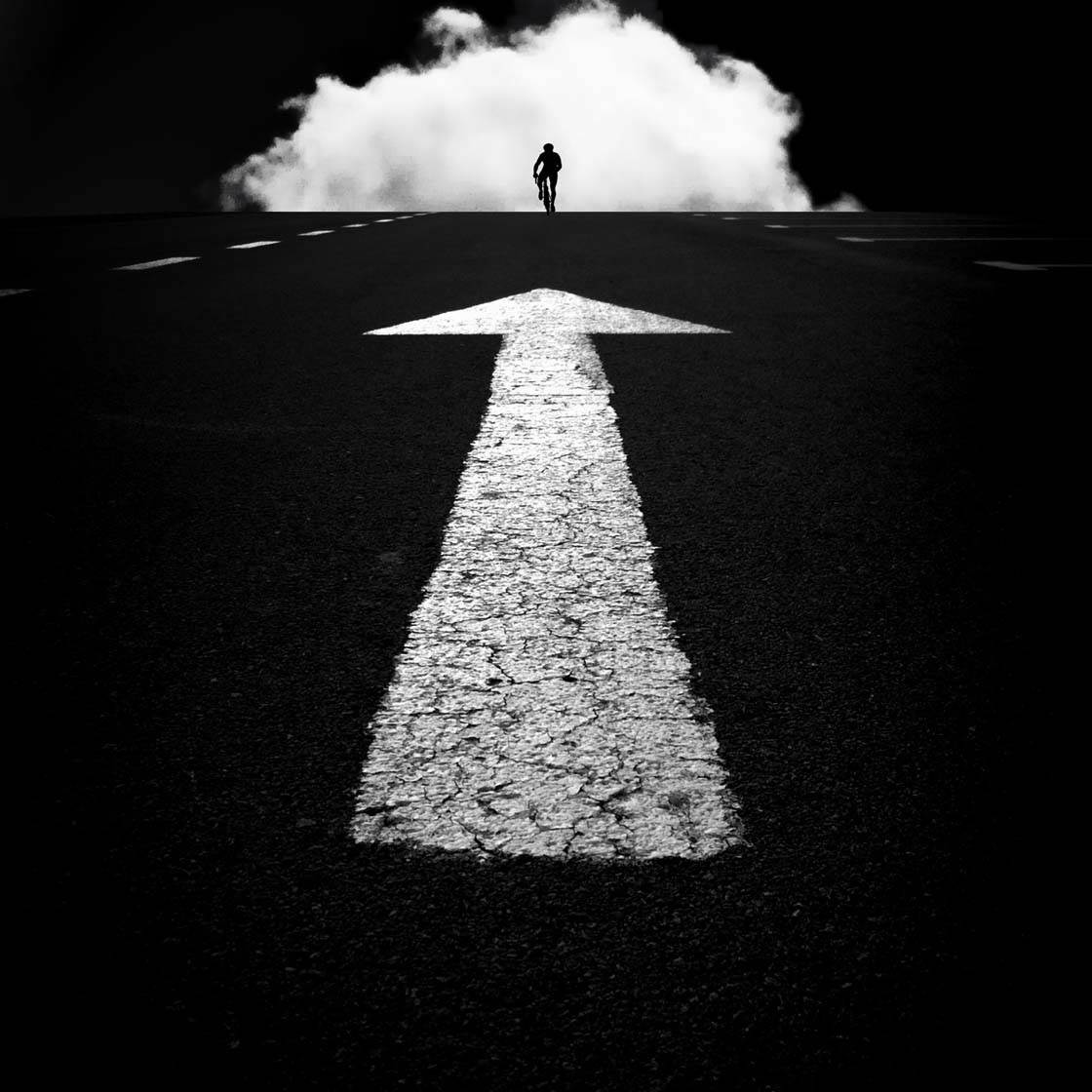
Tell us a little bit about yourself.
I’m from a town close to Valencia city on the eastern coast of Spain. I has a beautiful beach with white sand, and I’m lucky to still be living and working there as an architect.
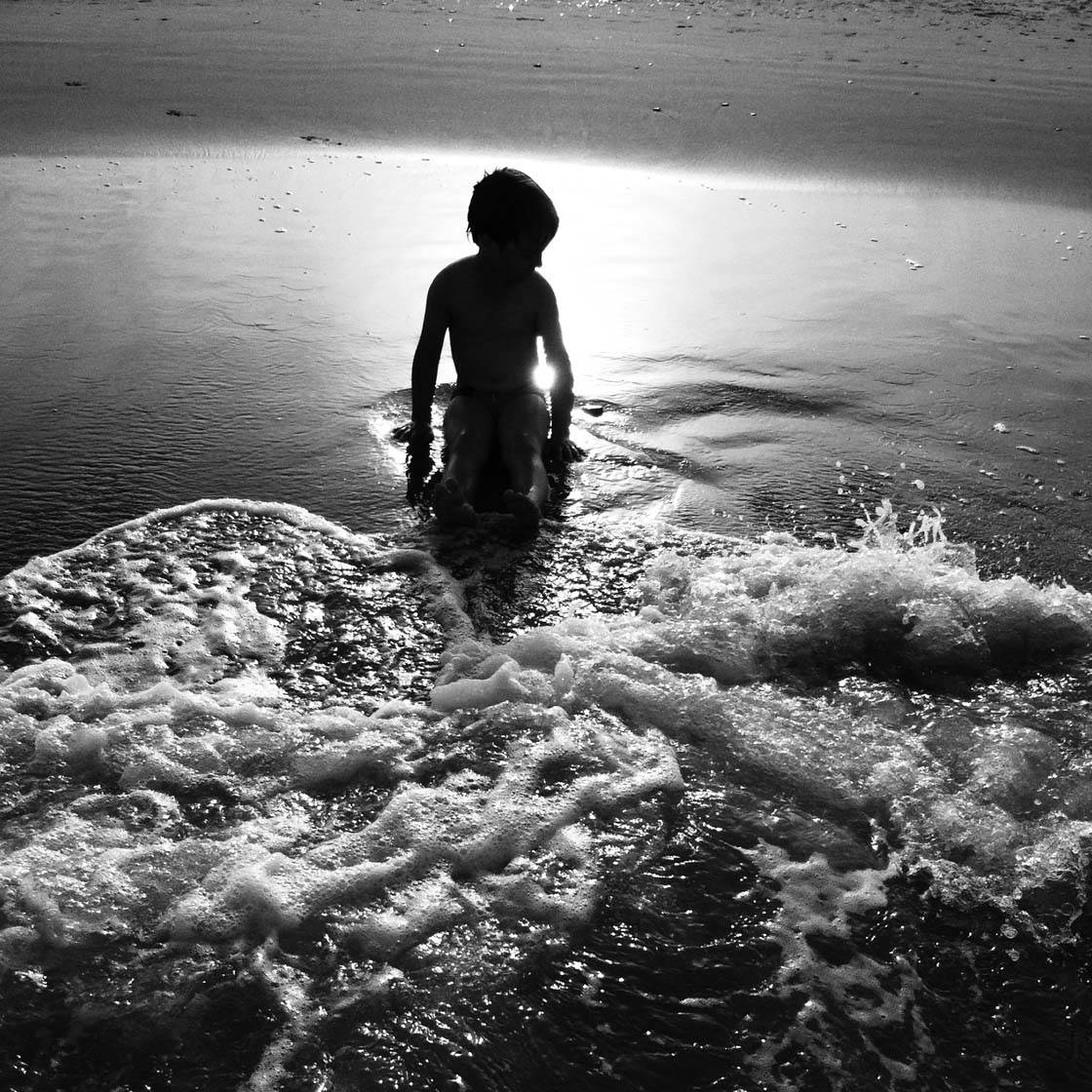
How did your iPhone photography journey begin?
Like a great number of other iPhoneographers, my journey began in 2011 with Instagram. I’d just purchased an iPhone 4 and a friend told me about this new photography app where I could share my photos.
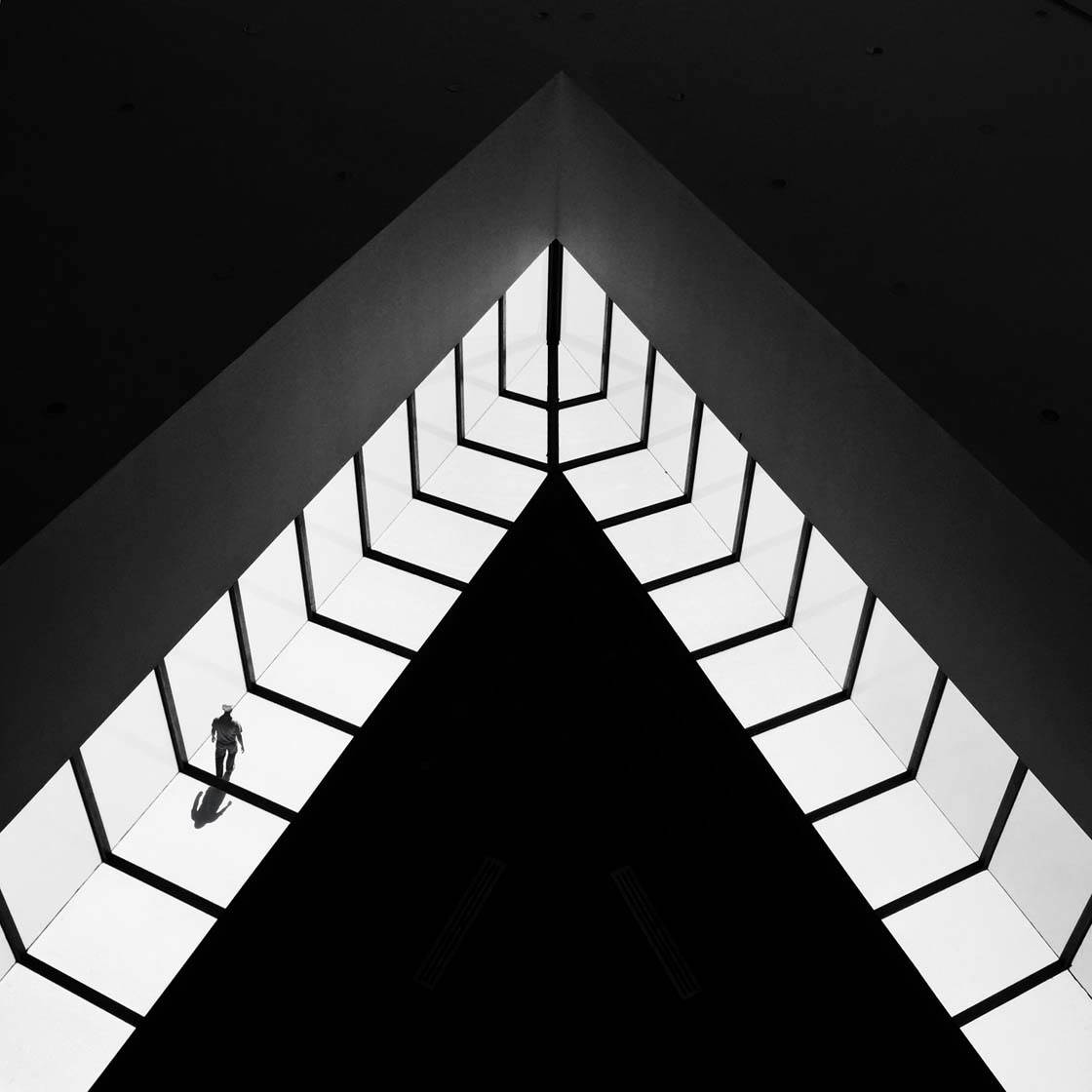
What inspires you to take photos with the iPhone?
The iPhone is my machine for everything (work, leisure and camera). It’s always with me, so I’ve nearly forgotten where my SLR camera is. On the other hand, inspiration comes from many sources.
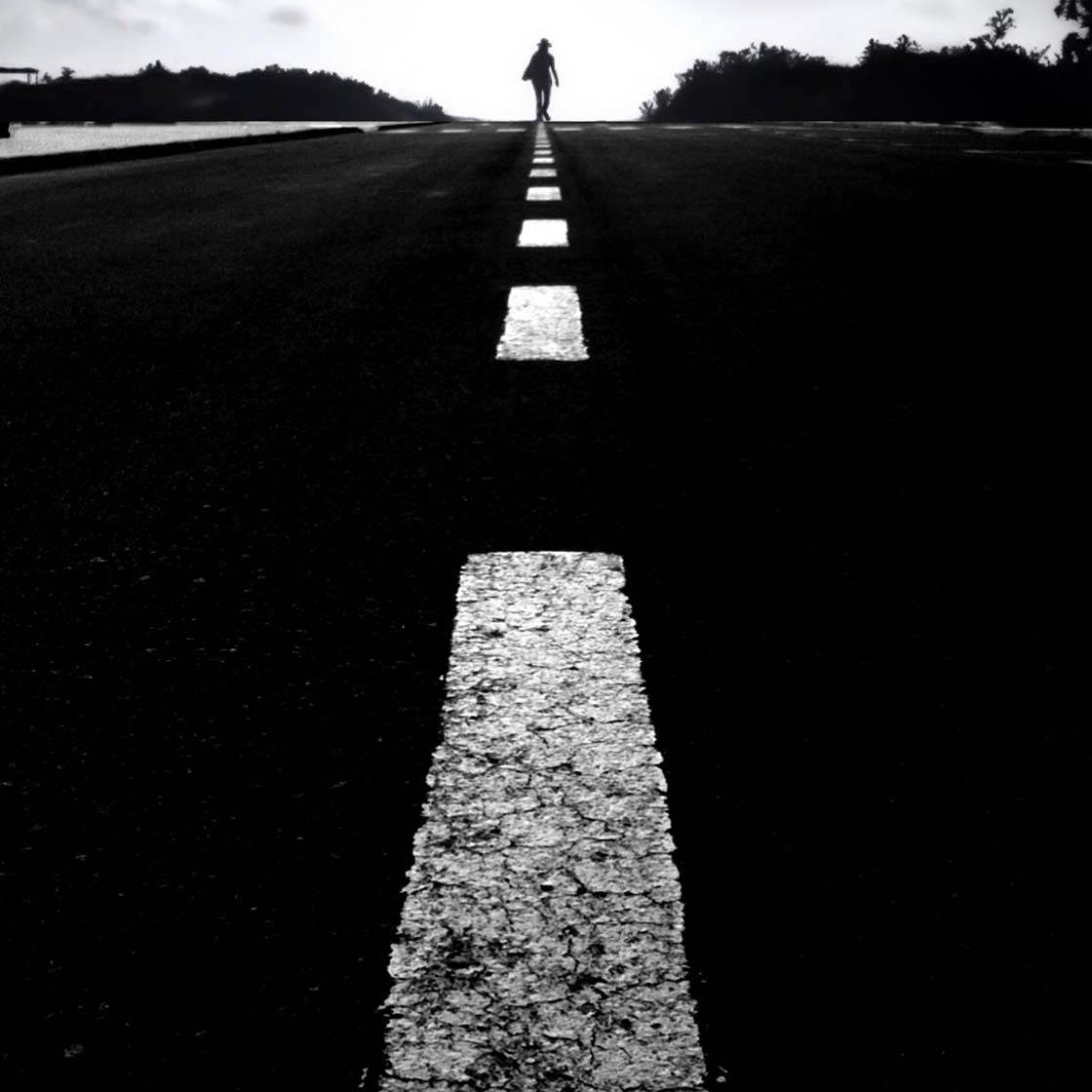
I love the best film noir of the 40’s, some more recent films such as The Road, and the classic black and white photographers. I carry all that in my personal backpack, and of course my photography is a result of these influences.
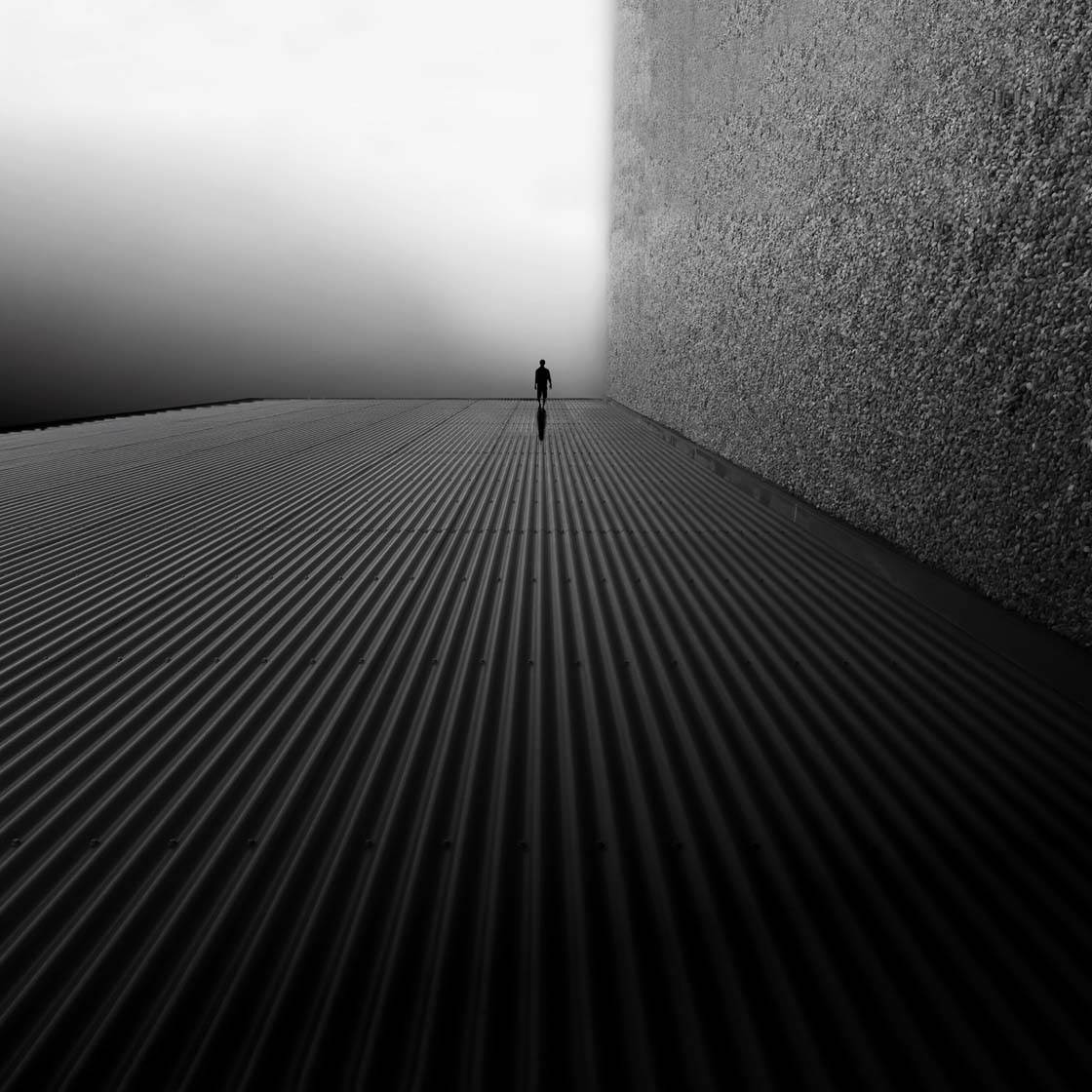
You shoot a lot of urban scenes and architecture. What draws you to this kind of photography?
My profession and my backpack of influences. Architecture is my life. This, along with my influences, leads me to search for huge architecture where tiny people feel alone.
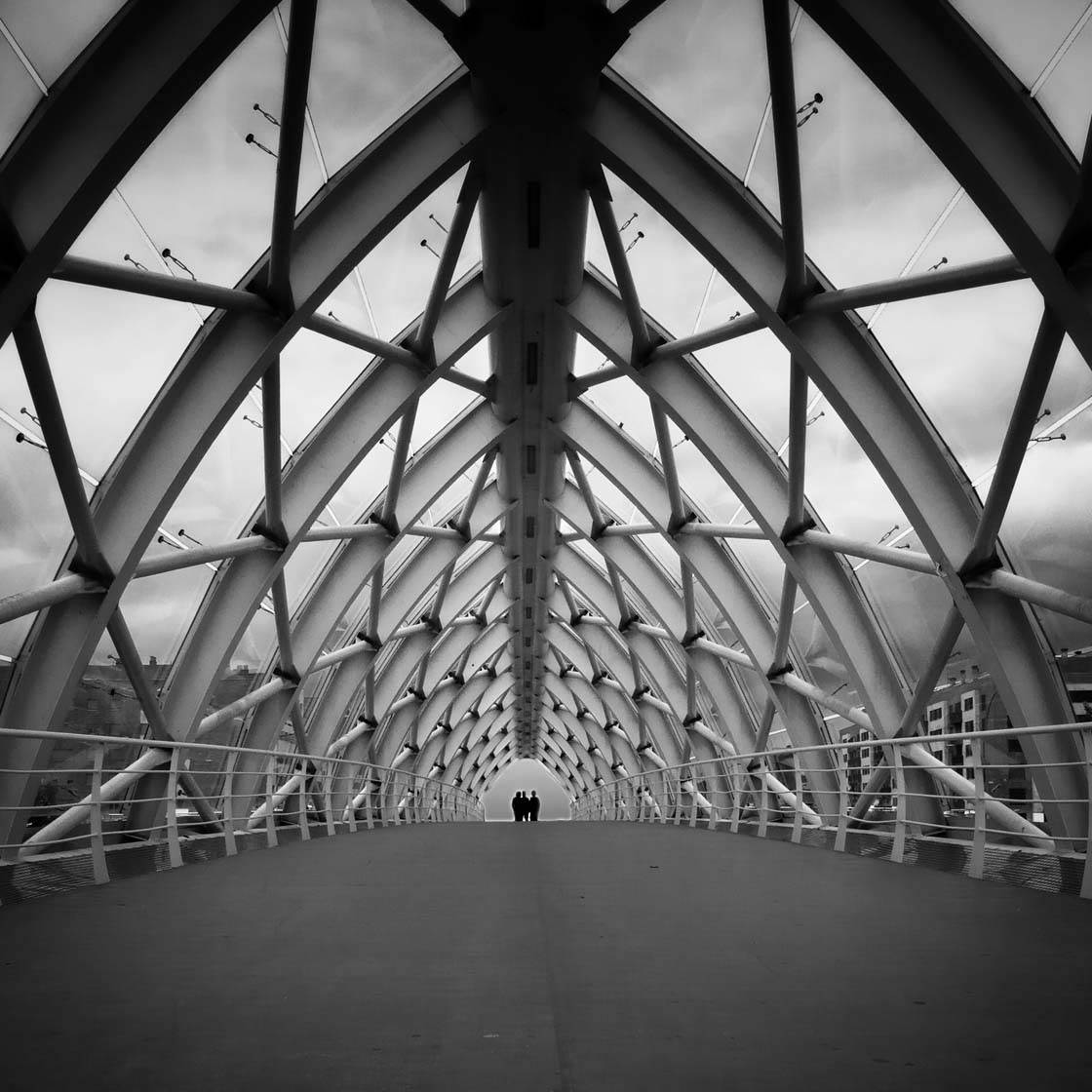
What else do you enjoy photographing with your iPhone?
I mostly enjoy shooting backlit subjects. People on the beach at sunset really takes my breath away.
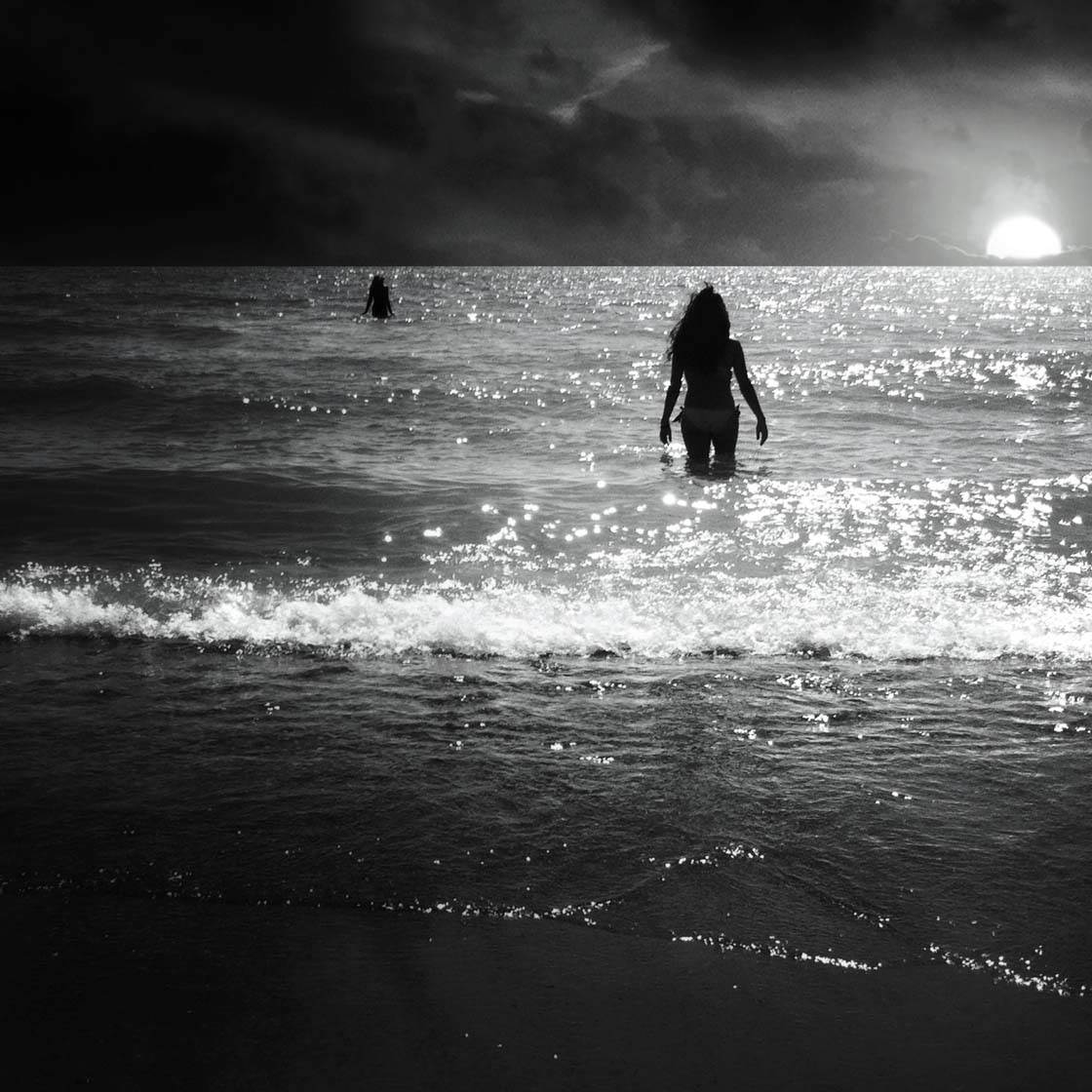
Congratulations on winning 1st place in the Others category of this year’s iPhone Photography Awards! Can you tell us a bit about the story behind this image?
Thank you so much! I’d wanted to visit this building for a long time, and finally last summer I got to go. It’s situated in a city called Logroño in the north of Spain. The building is a large residential complex designed by the Japanese architect Toyo Ito and it’s covered by a steel skin.
One of my shots was of an area between two blocks with no windows or doors. It was a beautiful non-scale picture which are my favorite kinds of photos for superimposing another photo onto. I chose to superimpose an image of a father and his son taken from a high position.
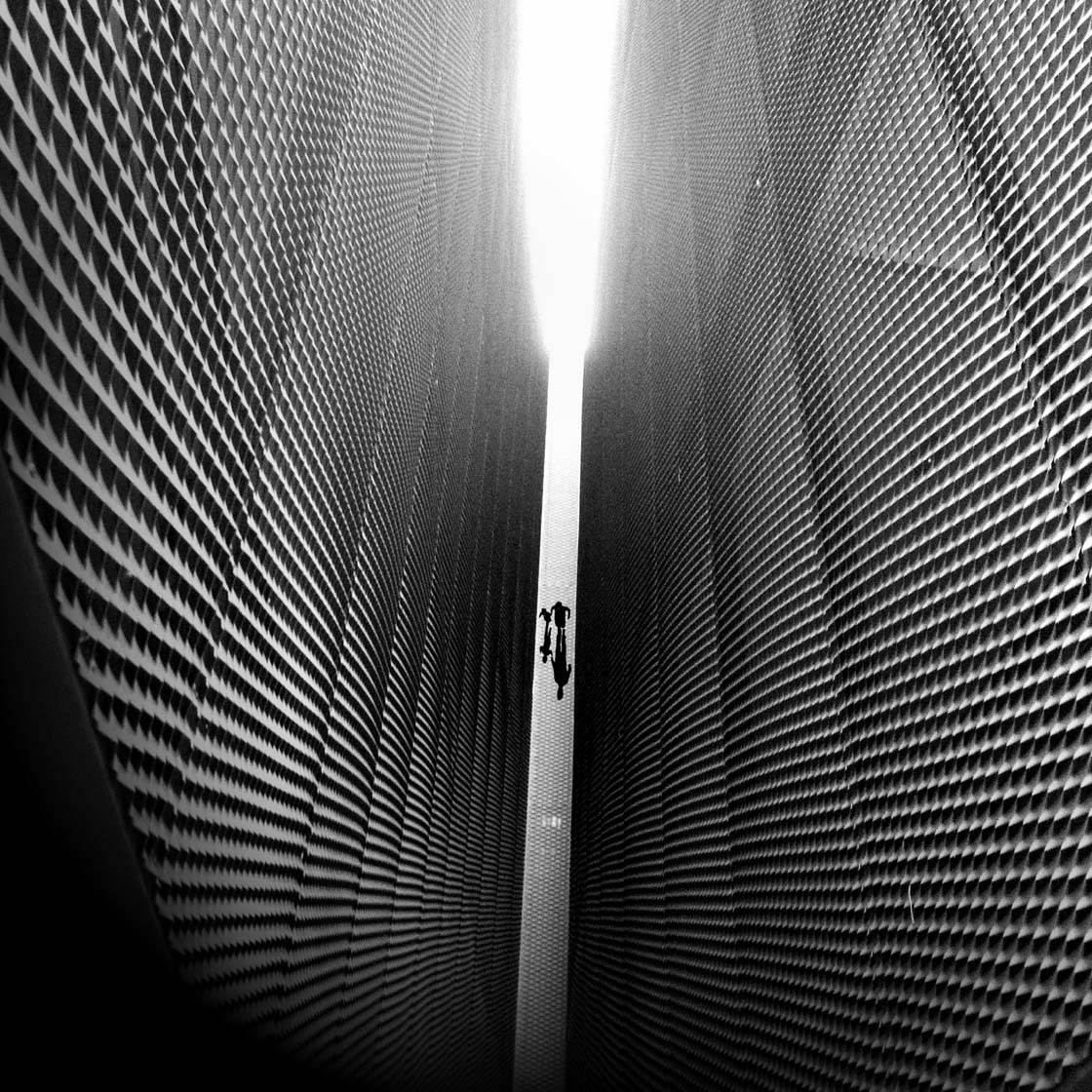
It seemed to be perfect for me to show a sense of loneliness, as if father and son were walking hand in hand out from light into a deep and narrow gorge, perhaps burdened by the weight of life.
Most of your photos are black & white. What inspired you to choose this medium for your photography?
Black and white was not a choice, but the result of taking away anything superfluous or distracting in order to achieve my main objective which is to capture the light.
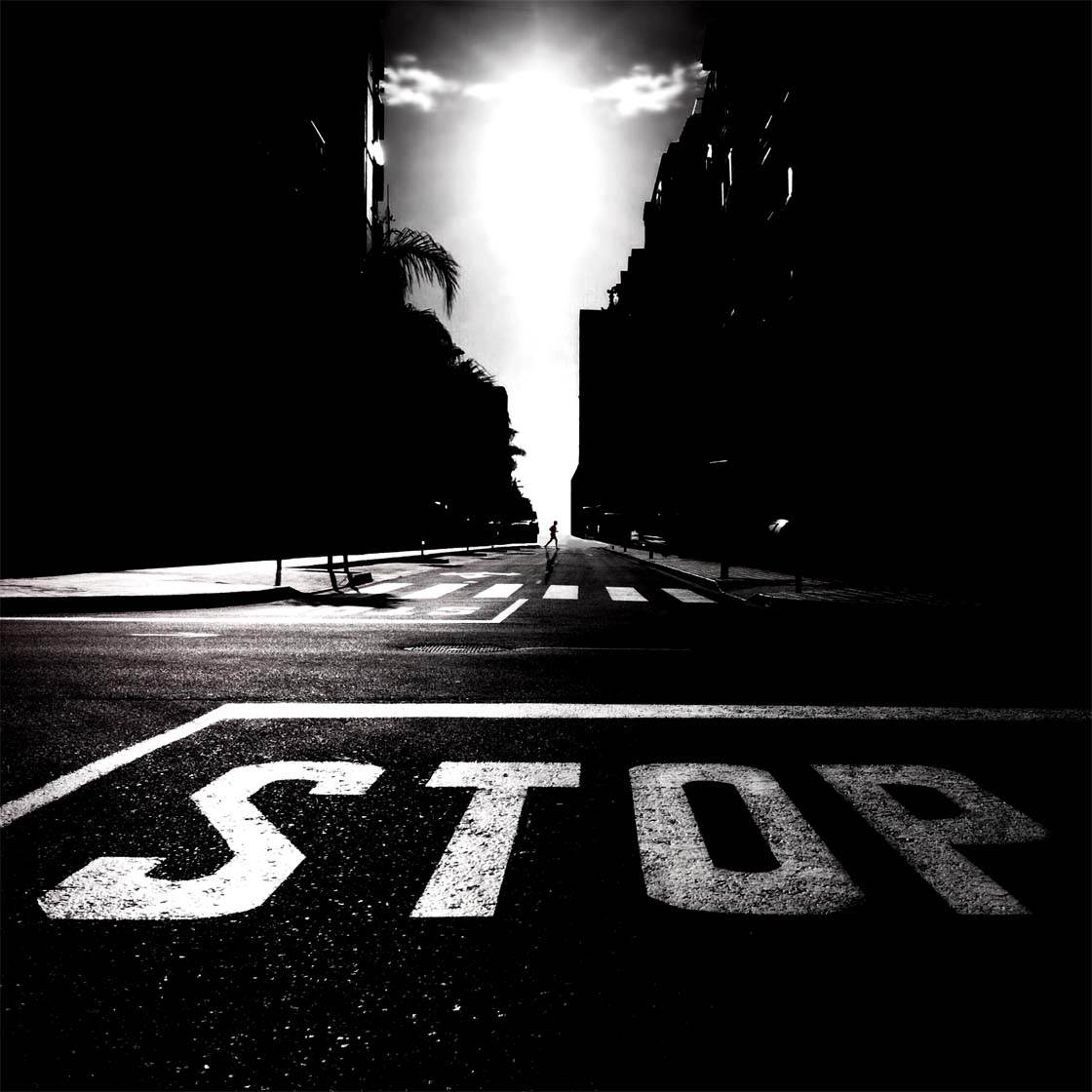
My first photography was so dark that it was an easy step. And of course my cultural background must also play a role.
Do you shoot in black and white to start with, or do you shoot in color and then convert to black and white in post-processing?
I usually shoot in color, even though I love the Noir filter in the iPhone’s native camera app. I find that I can achieve a better black and white image in post-processing if I shoot the original photo in color.
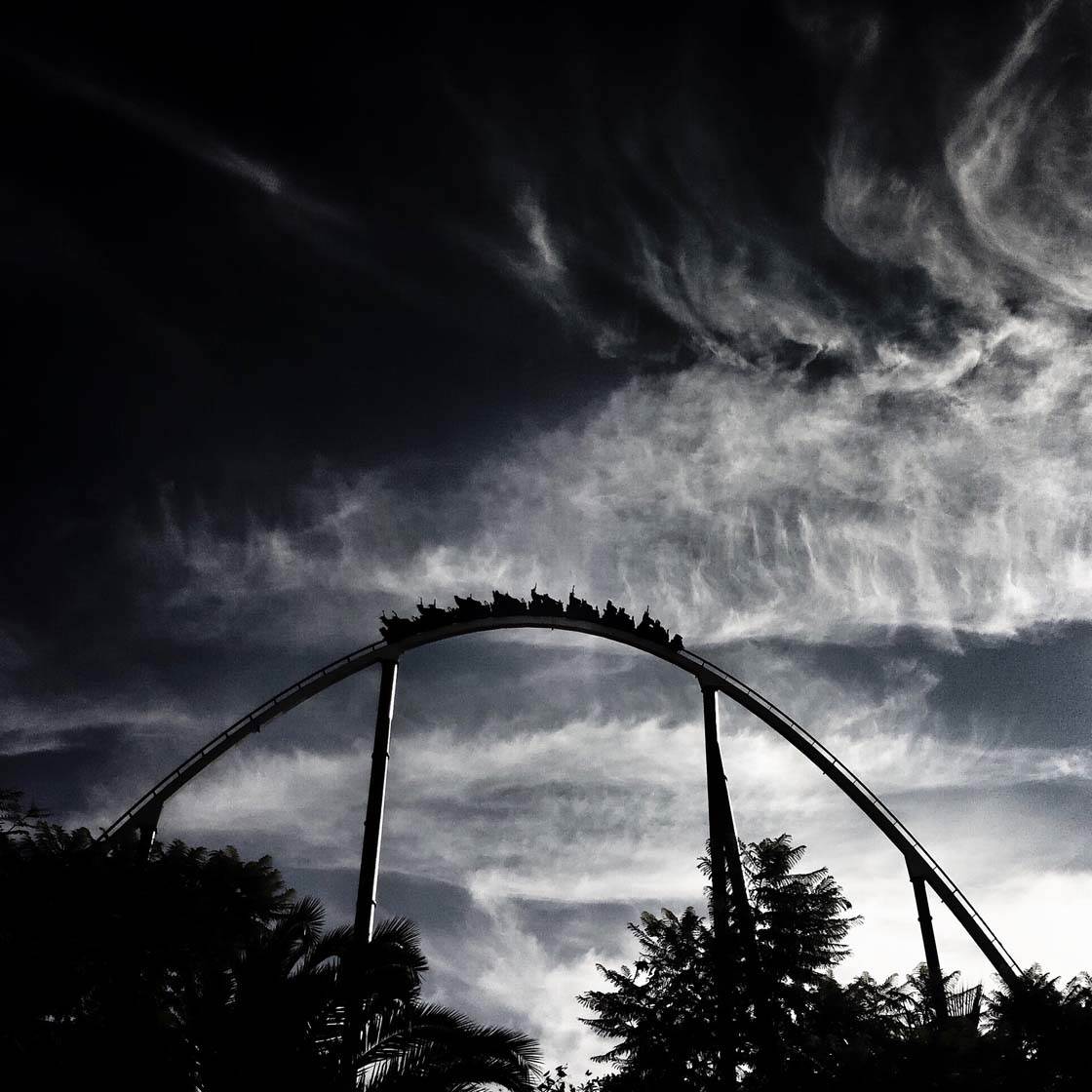
The light in your photos is incredibly dramatic. How do you achieve this effect when shooting and editing?
Mainly by shooting at dawn or dusk. Light conditions are much better during these golden hours. In terms of editing, I always increase the contrast and reduce the brightness a bit.
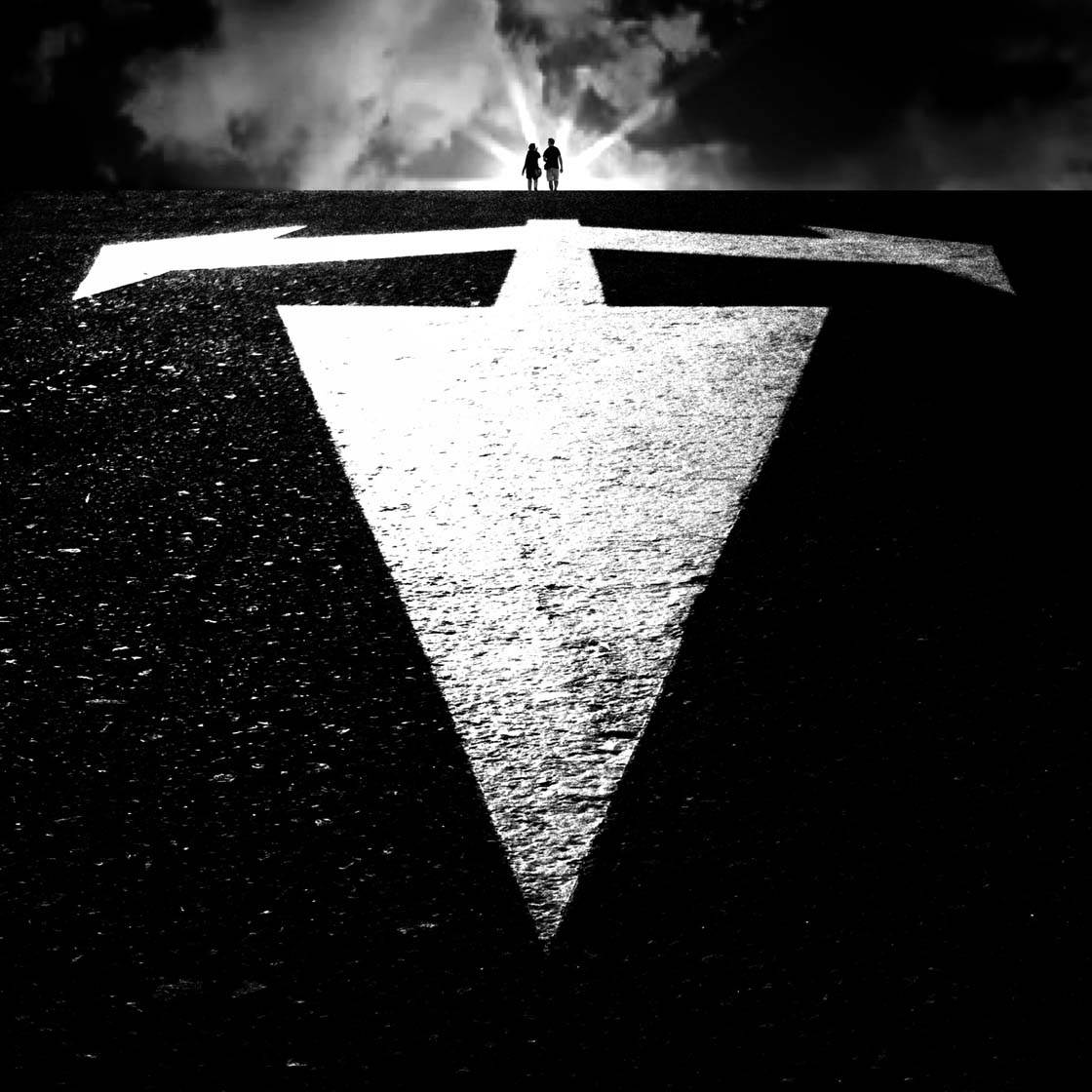
You have a great eye for composition and use a lot of symmetry in your images. What tips would you give to beginners who want to start taking better symmetrical iPhone photos.
Symmetry is always a good choice for square format photos, but spending time and effort in the selection of a scene is of central importance to ensure a good end result.
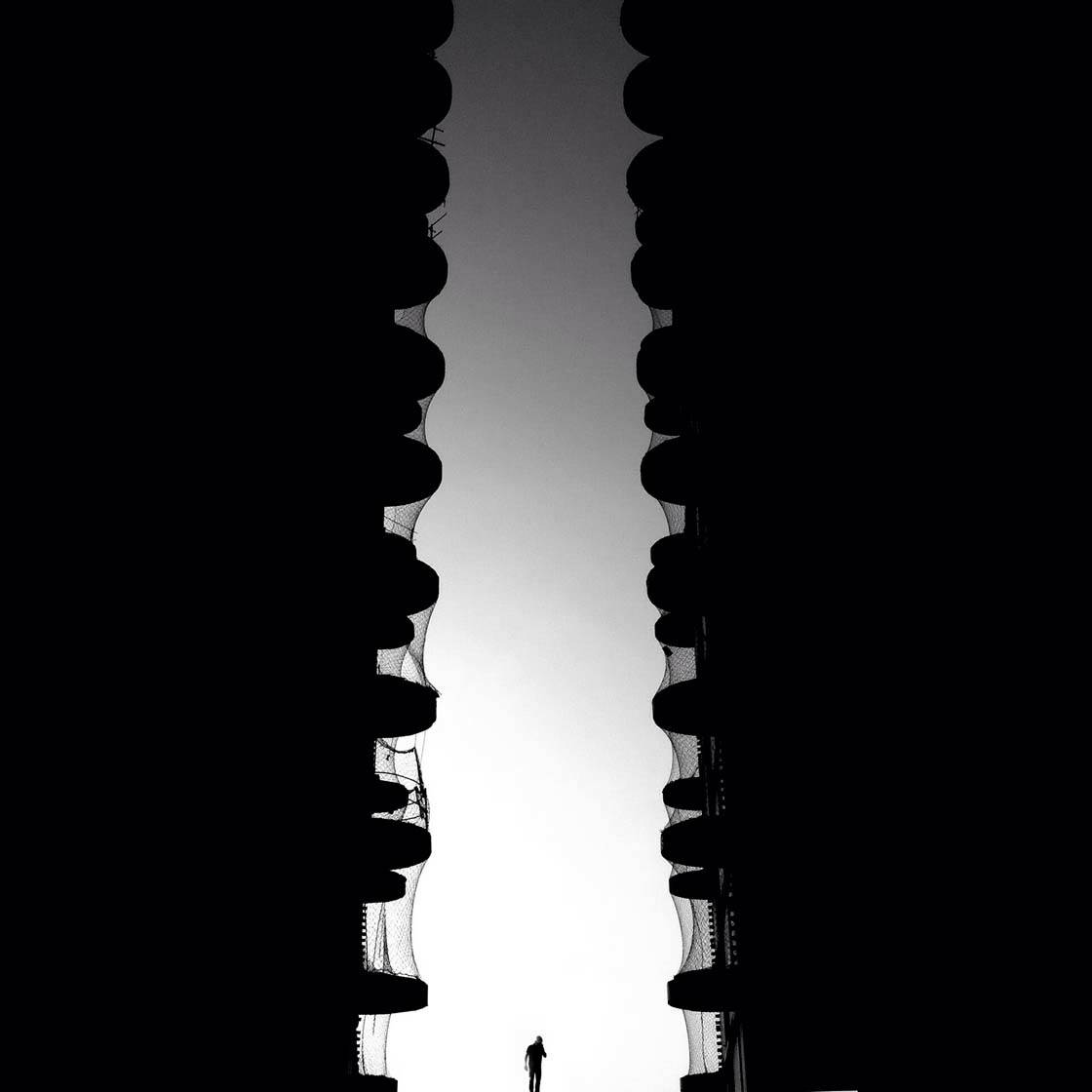
My advice is to choose a scene without any disturbing or distracting elements. Including objects that have nothing to do with the story you’re trying to tell reduces the power of the picture, so keep it simple.
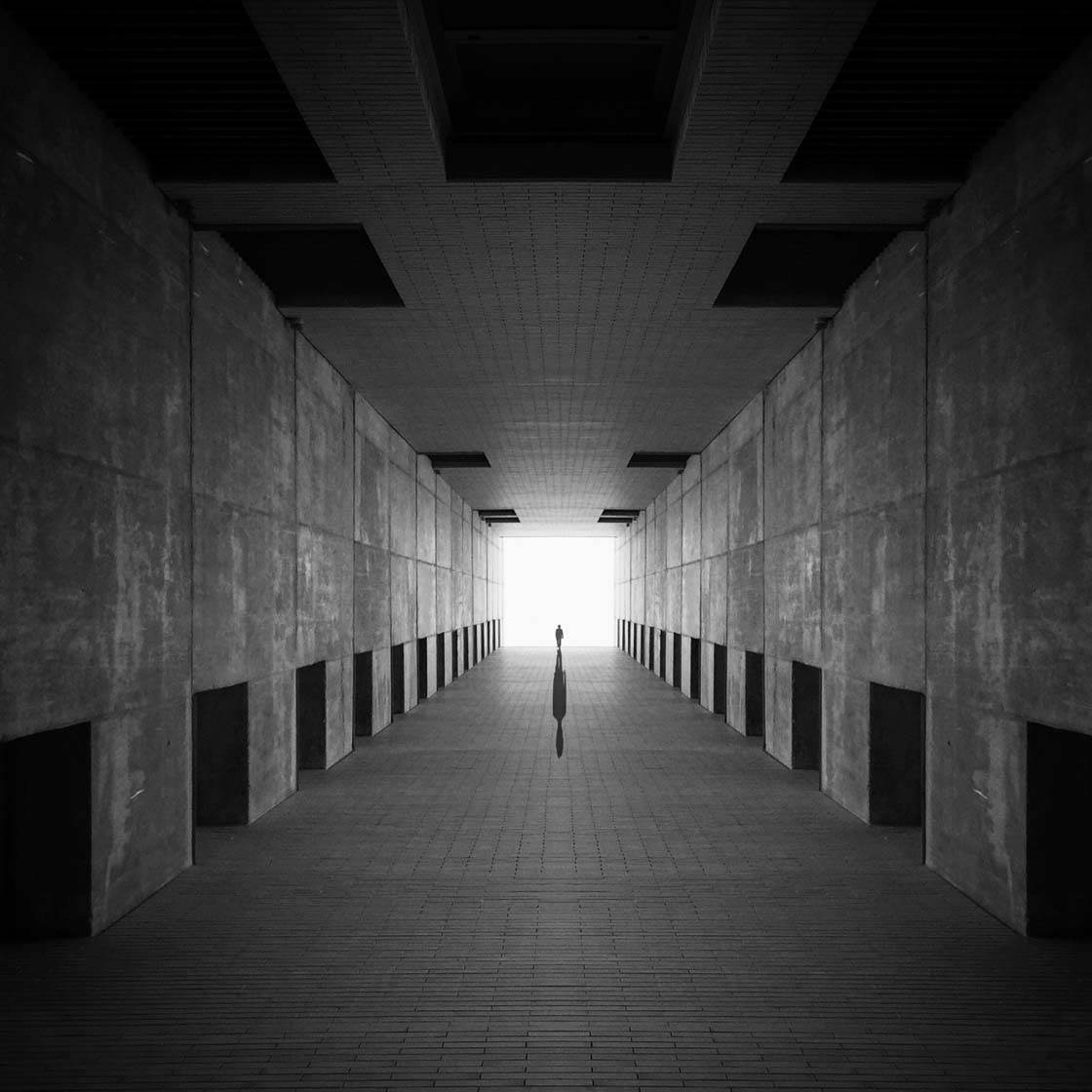
Let’s talk about photo apps. Are there any apps that you use for taking photos besides the native camera app?
I use the iPhone 6 Plus native camera a lot as it’s pretty good. But I also recommend Camera+ and Average Camera Pro.
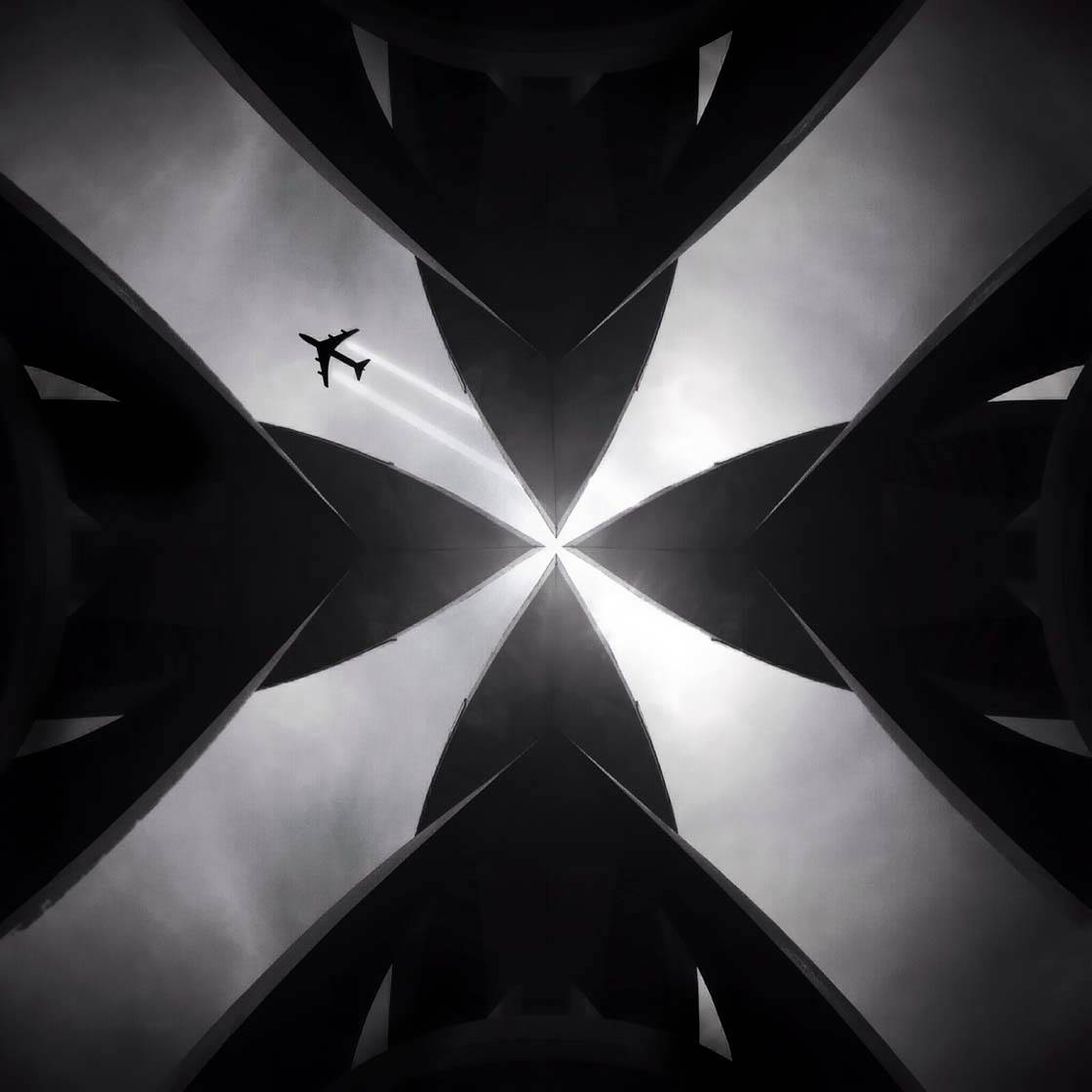
What are your favorite apps for post-processing?
The easiest and most versatile app for editing is Snapseed. It’s ideal for beginners and it was the first app that I used. But Filterstorm is a must if you want to go further with your photography. It’s a very powerful all-in-one app.
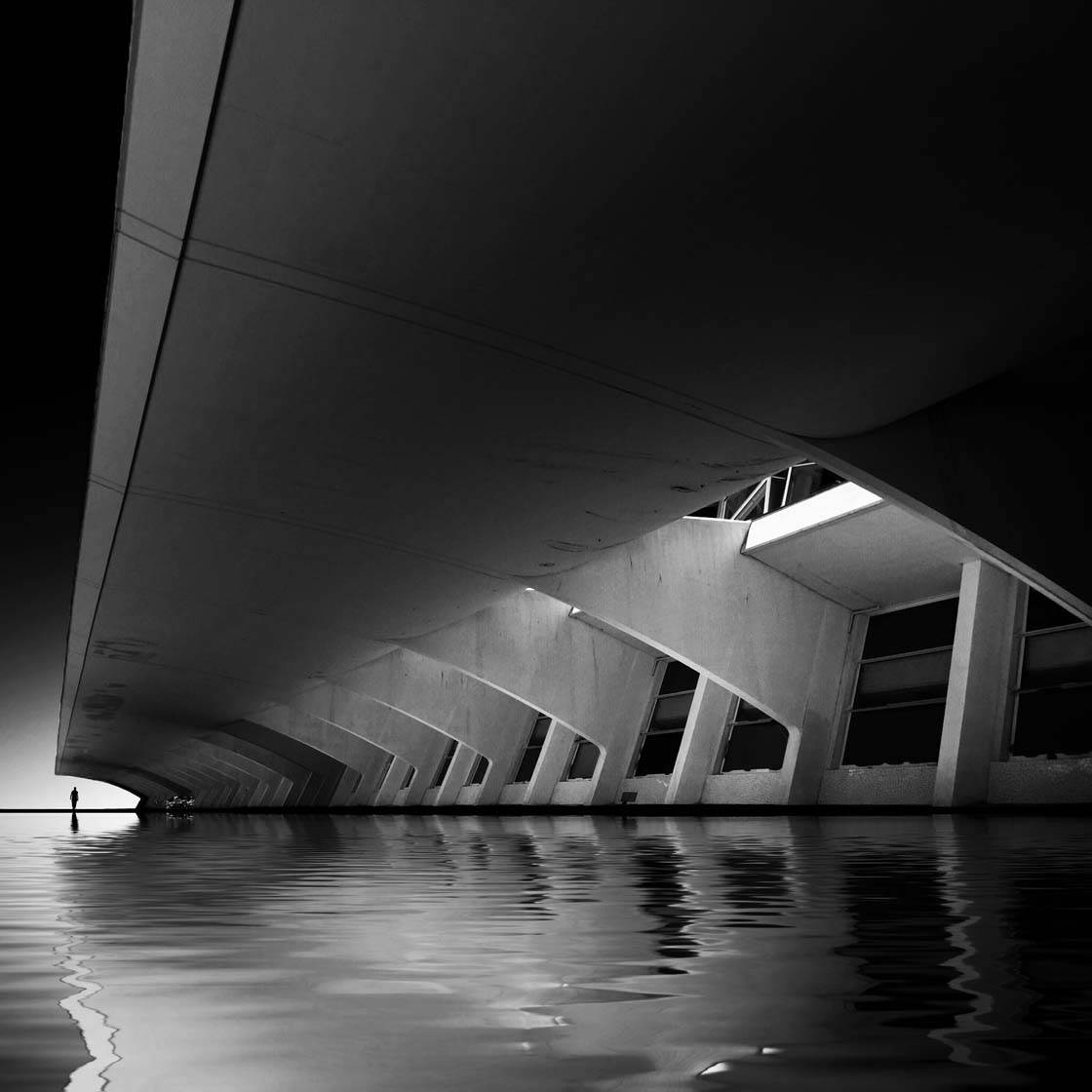
Do you use any iPhone photography accessories?
Of course! I have them all: iPhone tripods (mini and large) with the Shoulderpod S1 Smartphone Rig tripod mount, a remote control shutter, and a 3-in-1 lens (fish-eye, wide angle and macro).
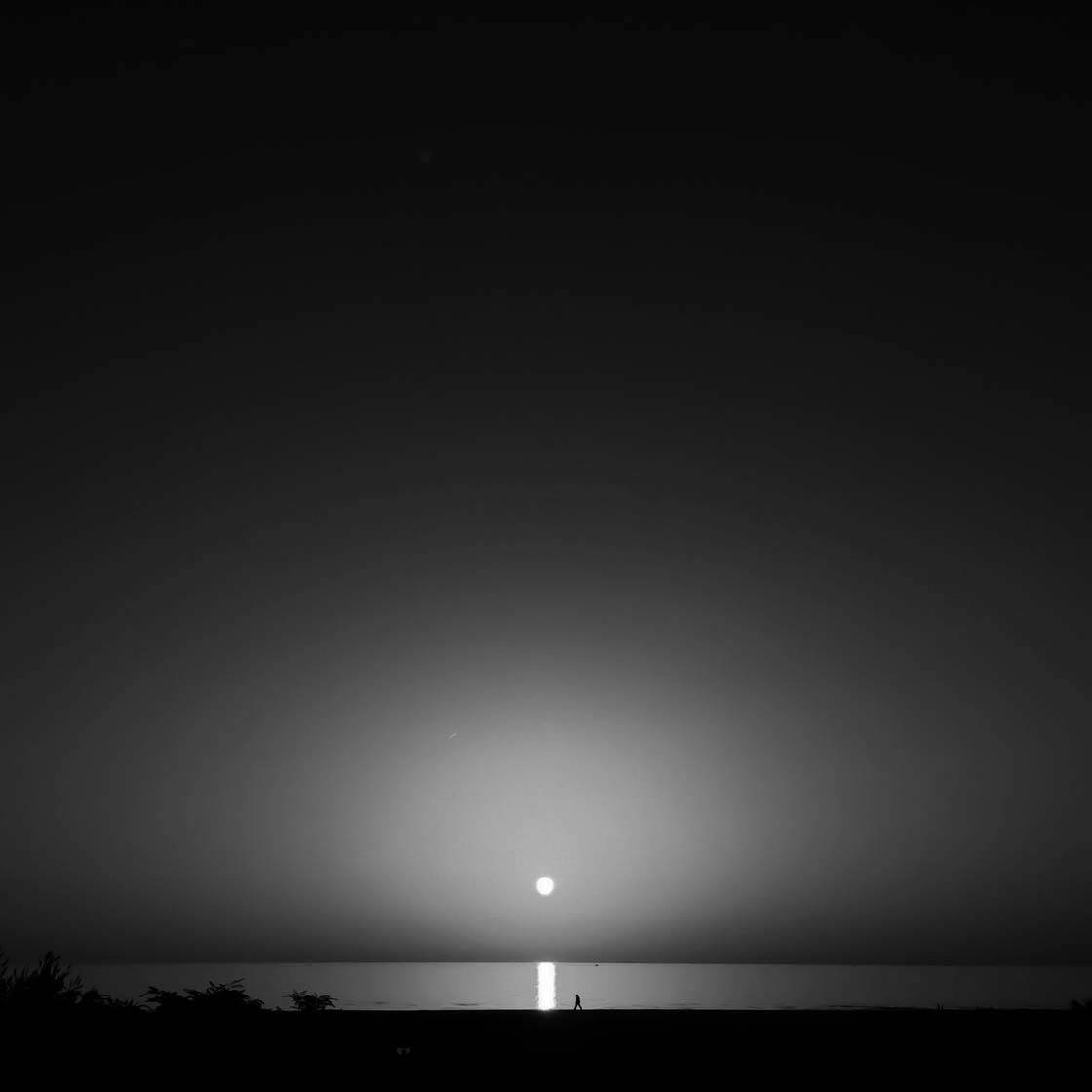
Keep in mind that an iPhone is like any other camera and accessories are great for widening it’s potential.
Can you briefly explain the story and editing process behind your three favorite iPhone photos?
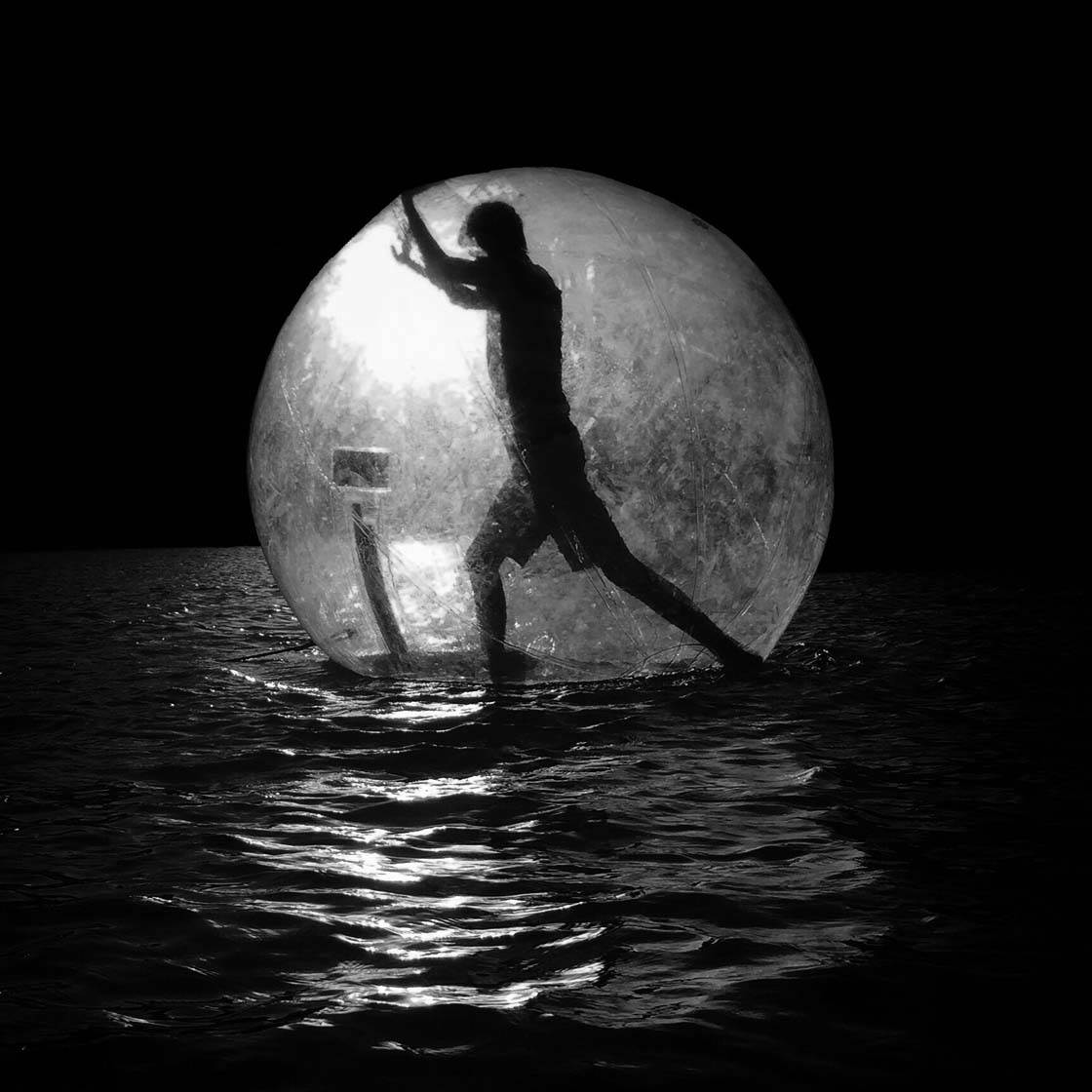
Valencia city has some extraordinary places for photographers, all of them around the area called “Ciudad de las Artes y las Ciencias” (Arts and Science City).
Some of these buildings are surrounded by a pool, and sometimes a man rents out one of these plastic balls, usually to tourists. I’d just finished a work meeting close to this place and I’d wanted to shoot these balls for some time.
It was quite late and sunset is my favorite time to shoot, so I decided to seize this opportunity. I was really lucky since it must be hard to stand up inside one of these balls, but after a while a boy began to walk and gave me this “Titan” pose.
The edit was done in Filterstorm. I made the background black to eliminate the buildings so that there’s just light and the ball. I also increased the contrast and reduced brightness.
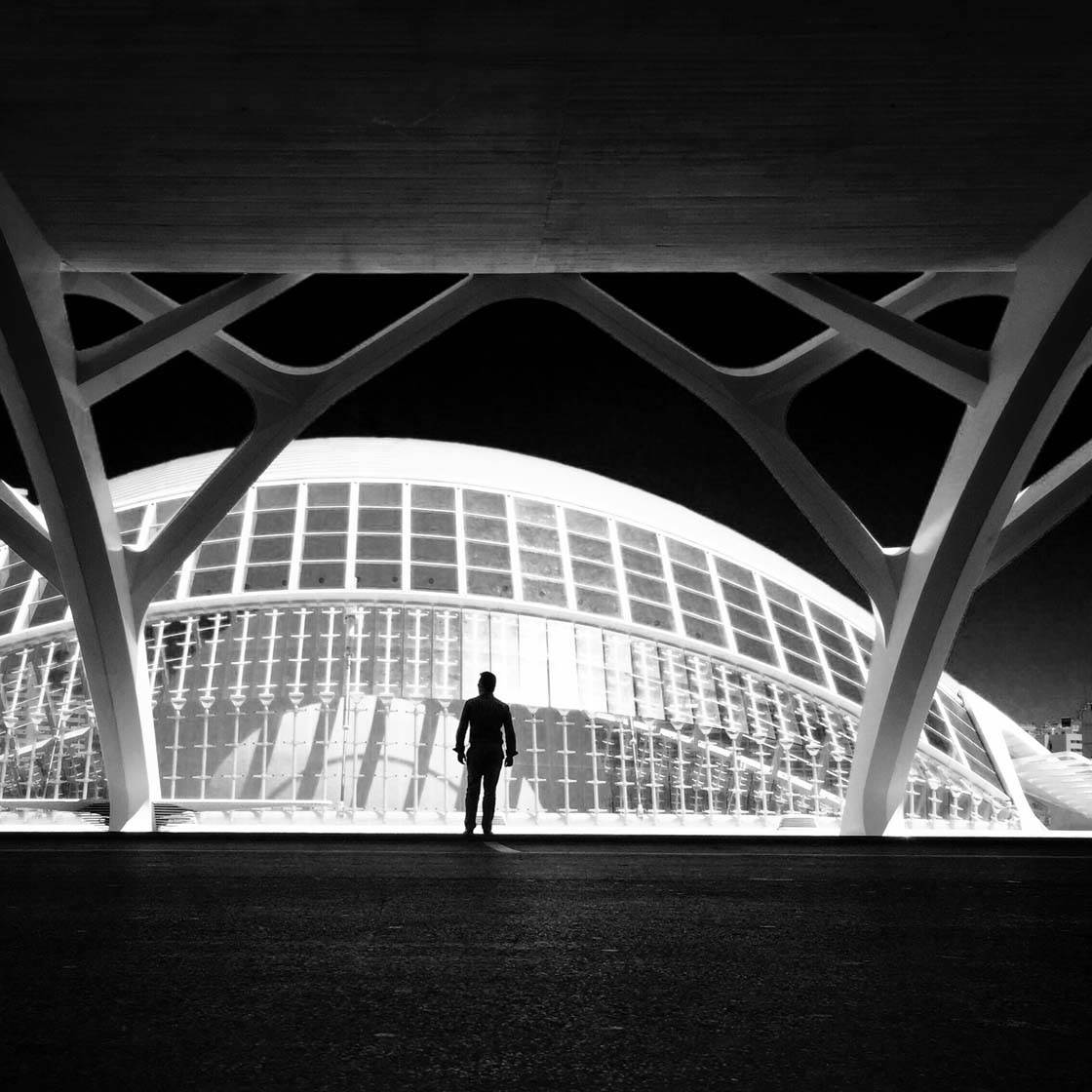
This is another photo taken in the same area. I used a remote shutter with my mini tripod to photograph myself, backlit by the whiteness of l’Hemisferic building in the background.
I really love to see the scale of a person looking tiny against these colossal structures. I have hundreds of photos of this kind. The edit was simple, using just the Noir filter.
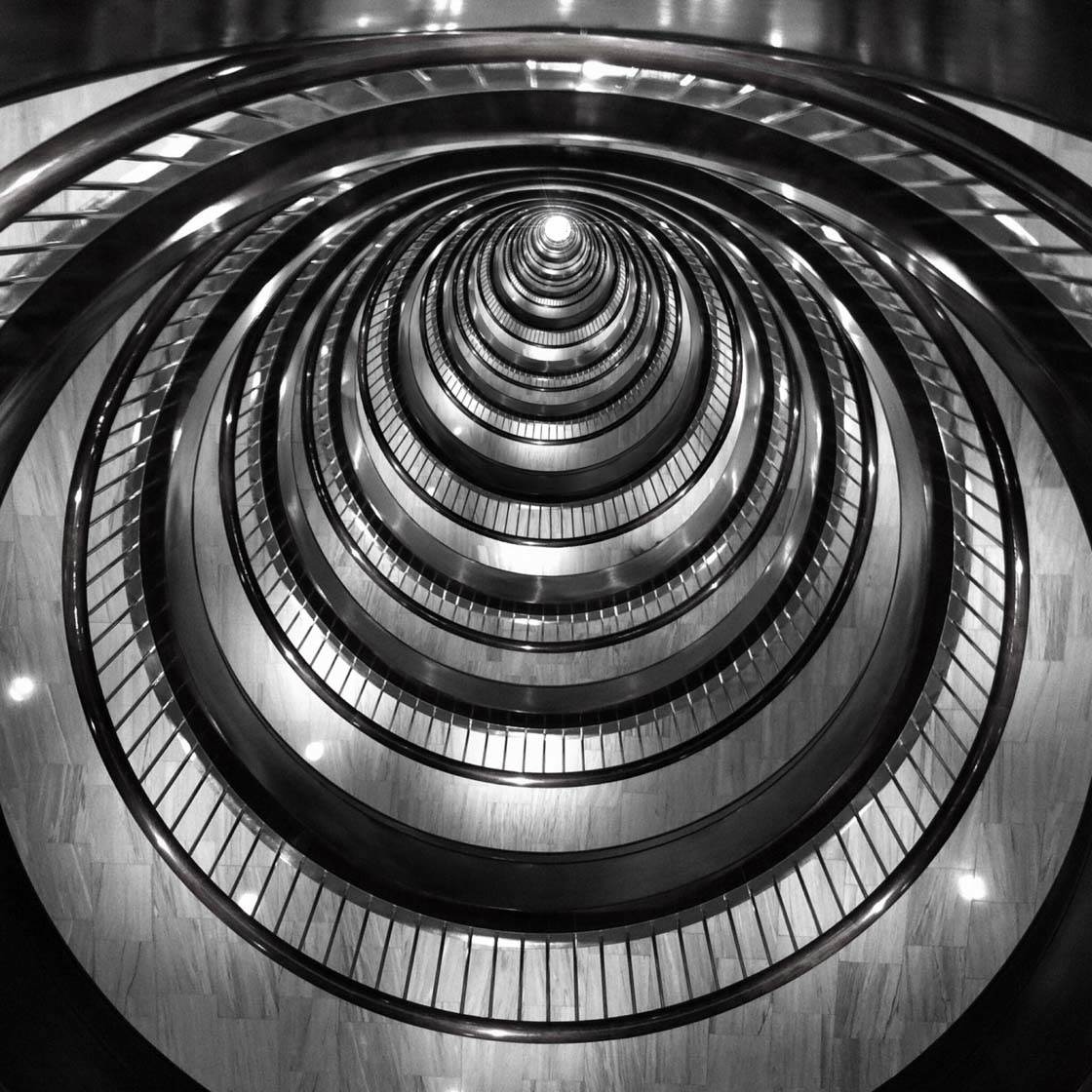
Circles are another one of my obsessions. I found this space in the hall of a hotel in Andorre. It was beautiful, but I needed a deeper field as I wanted to create a sense of vertigo.
So I used the Juxtaposer app to insert the same picture twice, just to triple depth. I also used the LensLight app to create a light at the end.
What tips do you have for beginner iPhone photographers who want to start taking more creative photos with their iPhone?
The most important thing I would advise is to take it seriously. A good photographer must invest a lot of time in their photography.
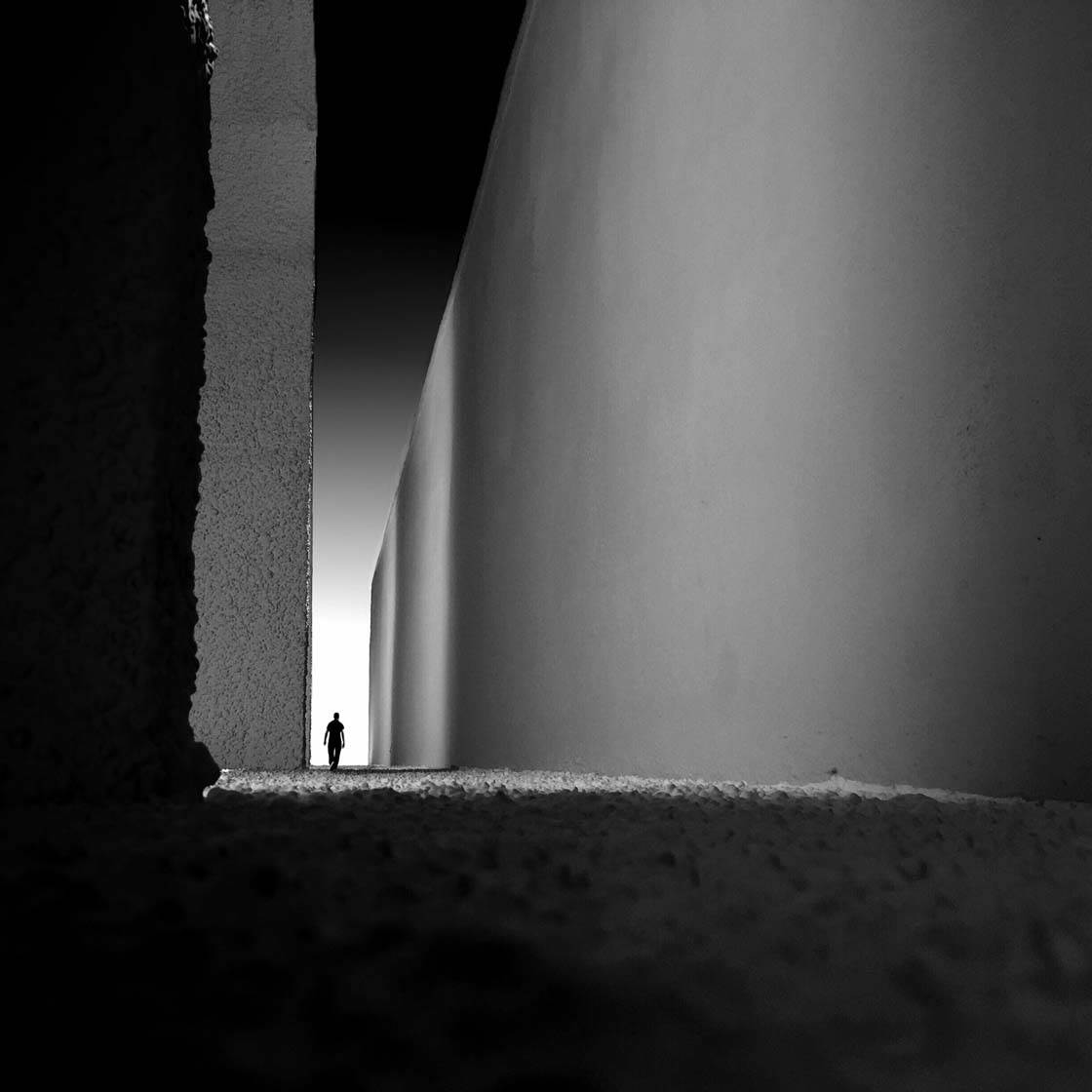
First you need to know what the goal of your photography is, then you have to put the time into looking for good scenes. You should make sure you have enough time to shoot regularly.
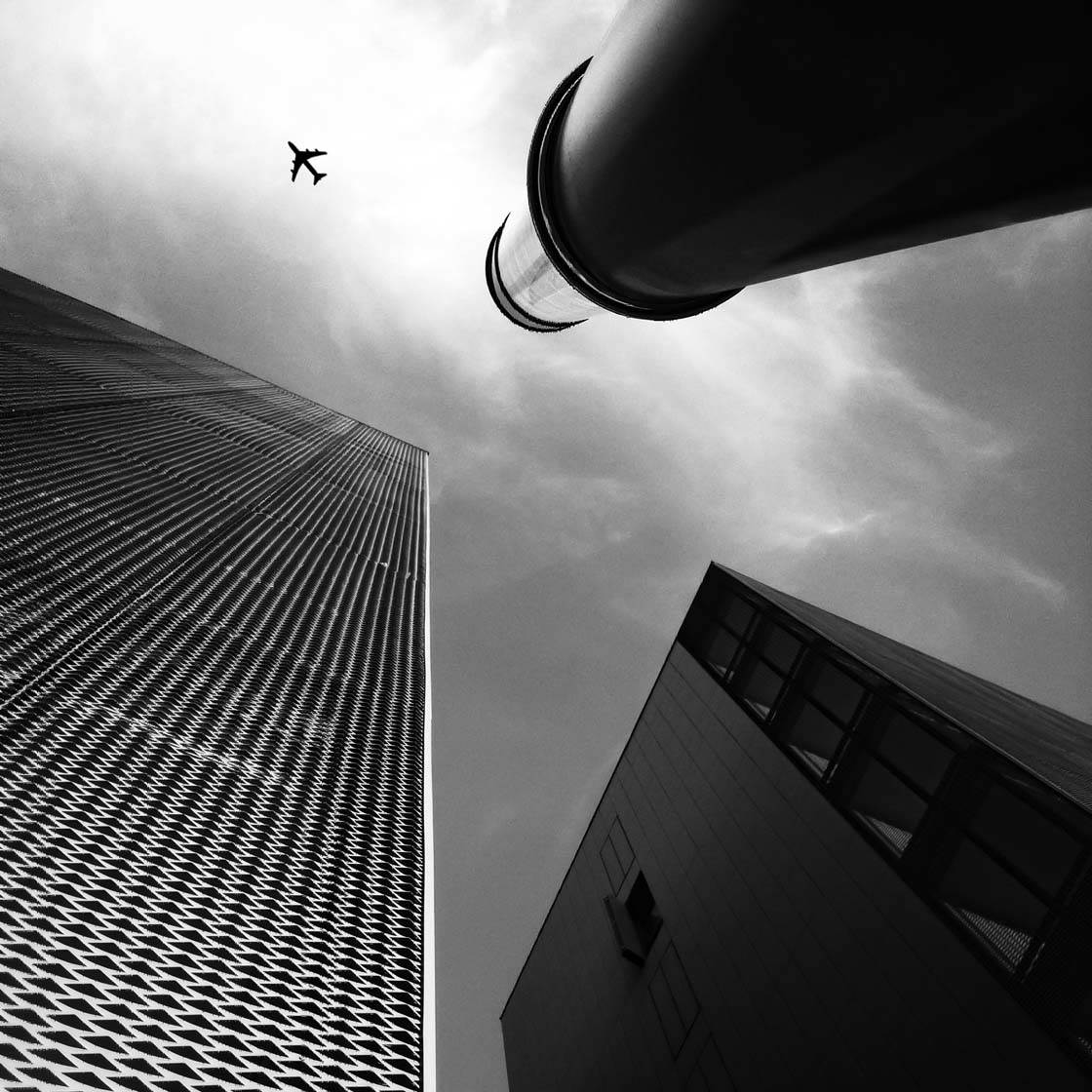
You also need to set aside time for ruling out photos and editing the best from each session. I utilize a poor 5% of the total quantity of my work. Improvisation does not function in the vast majority of cases.
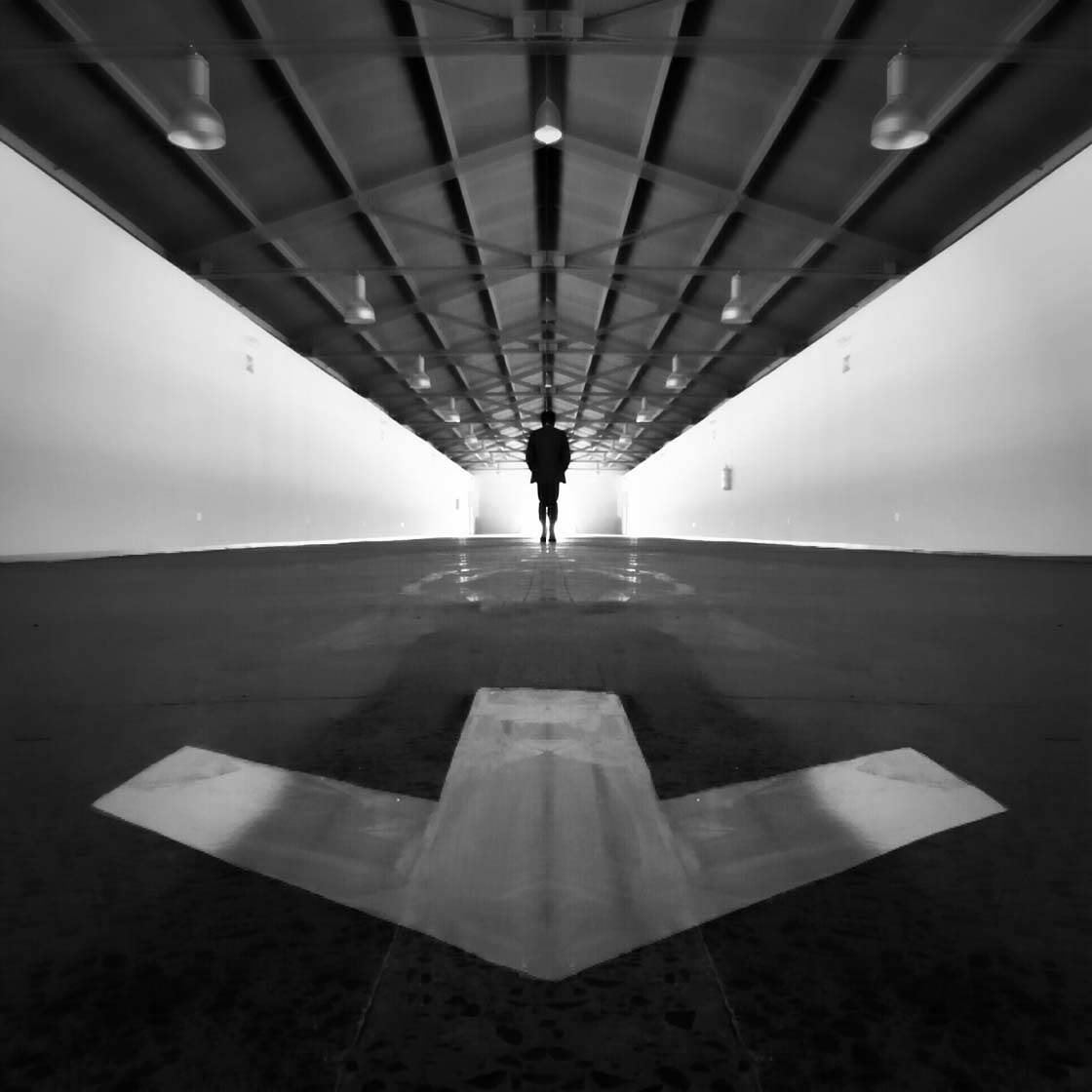
Which iPhone photographers do you admire the most?
You can see everyone that I follow on my Instagram, but a few I’d like to mention are @mr.monochrome from Japan, @julie_meric from France, and @cocu_liu from USA (check out our interview with Cocu Liu).
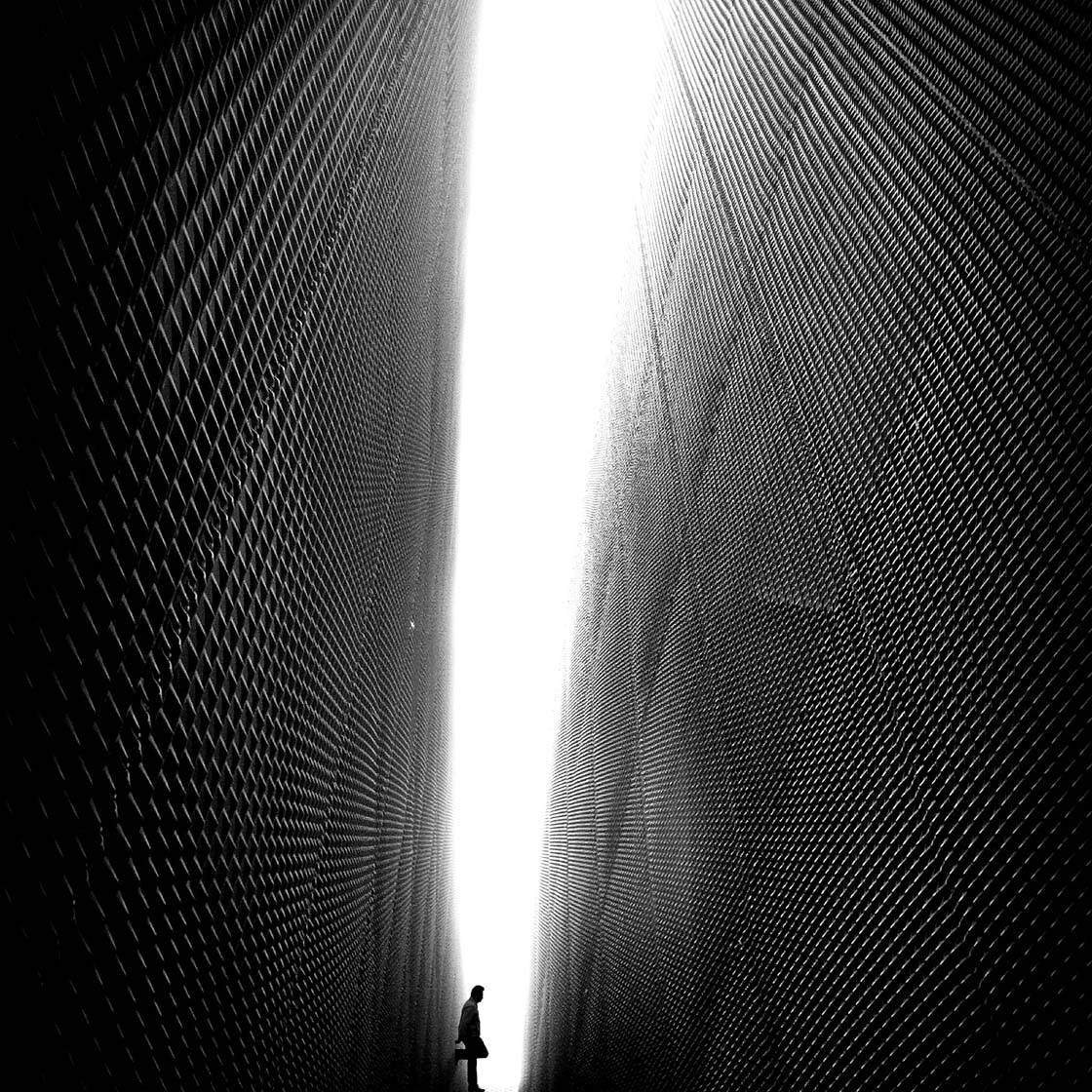
I also have an awesome group of Spanish friends including @luison, @e_rnst, @nazaret, @gonso_madrid and @joseluisbarcia (read our interview with José Luis Barcia).
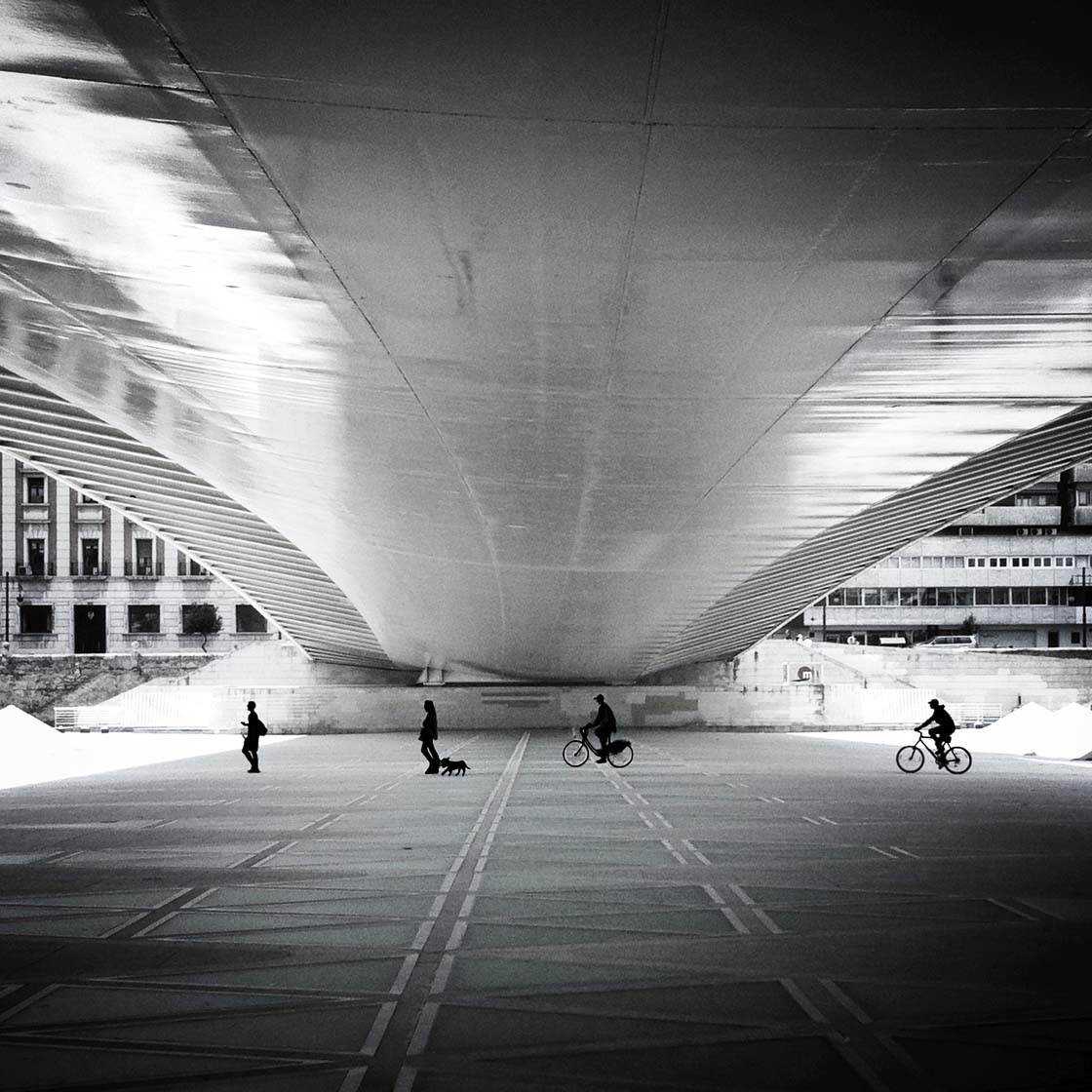
Where can we see your iPhone photography?
You can see my images on Instagram @jl_saez.


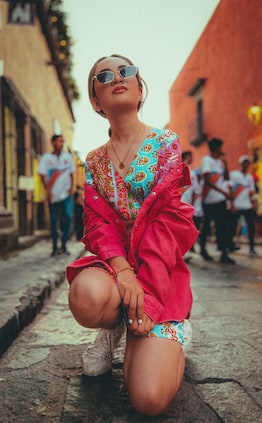
Amazing gallery and great tips and advice.
Huge congrats again on your win. It was a huge honour to see my image in second place next to yours in that category. Huge!!
You know I love your b&w images. Amazing wotk.
Great article guys 🙂
a big thank you dear Elaine 😉 it’s my pleasure
Top class photography. Really enjoyed this interview.